What goes into a high-end games PC?
Most personal computers are not designed for playing games, so what makes a games PC special?
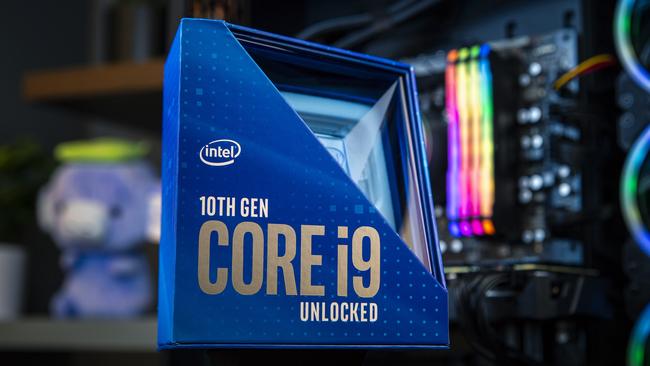
Most personal computers are not designed for playing games, so what makes a games PC special?
While graphically undemanding games such as Among Us or Untitled Goose Game or Moving Out can run on any modern-day PC, gaming enthusiasts like to put together their own specialist rigs using a range of parts designed with gaming in mind. They want the best experience in demanding AAA titles such as Cyberpunk 2077, Assassin’s Creed: Valhalla or Red Dead Redemption II.
Most PC gaming is done on Microsoft Windows-based systems, and what follows is an explanation of some of the elements that go into making a high-end gaming PC.
–
PROCESSOR
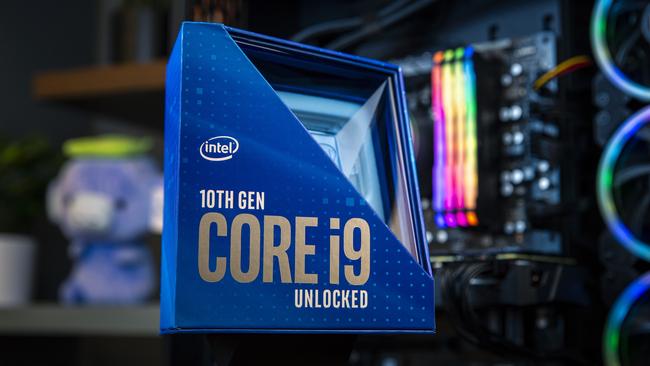
The processor, also known as the central processing unit (CPU) is essentially the ‘brain’ of the PC and, as the name suggests, processes all the information coming into it from all the different elements of a PC, including gaming software. The CPU sends back instructions on how to complete the relevant task. The more powerful the processor and the higher the clock speed, the faster it can do this, which is a critical consideration for high-end gaming.
There are two major processor architecture types on the market – Intel and AMD. Both are excellent and your choice is essentially a personal preference; think Ford vs Holden debates in motorsports circles.
Intel’s Australia-New Zealand business development manager Dino Strkljevic says there are 1.2bn PC gamers globally and the company is heavily represented among them.
“Intel has a massive software team – it writes almost as much code as someone like Microsoft,” he says.
“Intel is a major supplier of gaming systems and works with all these developers, and these guys optimise their software based on the hardware of today and tomorrow.”
Intel is now into the 11th general of ‘i-series’ chipsets and investing in a decent processor is a critical part of building a decent gaming rig, Mr Strkljevic says, especially if the user plans to do things besides gaming with it.
“For most people who go and buy a system, they need a balanced system – you are starving a high end graphics card if you don’t have the right CPU in that system,” he says.
“What we’ve concluded is that a CPU-heavy configuration outperforms a Graphics Processing Unit-heavy one. If you spend all your money on an RTX 3090 (powerful top-end GPU) and then buy a Pentium or a Core i3, you’re going to have a worse performance than a lower card and an i7 or i9 processor,” he said.
“A core i7 is very safe choice; I wouldn’t go below that for games like Cyberpunk 2077.”
–
RAM
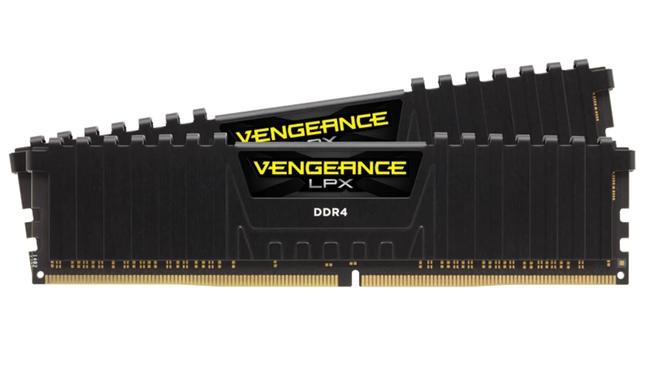
RAM (random access memory) provides the grunt for a system and lets a computer work with more data or tasks at once; it’s a bit like a metaphorical desk for the PC to have things it’ll need available easily. RAM is very important for gaming, as more RAM means the PC can work with more elements at once. 16 GB is about standard for gaming systems at present; more advanced systems may have 32GB or more.
RAM works best in conjunction with a decent processor. More RAM gives a gaming PC more ‘workspace’ for data, but it doesn’t allow it to process that data faster. That is the CPU’s role.
As with the processor, RAM also has a clock speed associated with it, which essentially juggles how quickly it can process the data it is working with.
RAM for a specialist gaming PC has a number of features, notably a higher clock speed, more rugged construction, and often a heat sink or RGB lighting abilities as well; the main thing is to look for products from an established gaming RAM brand such as Kingston, Corsair or G.Skill.
–
GRAPHICS CARD
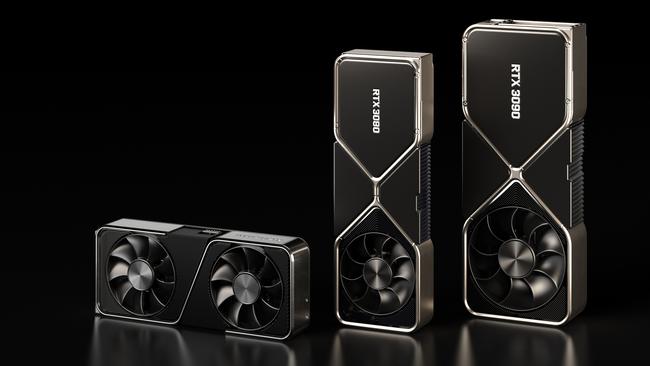
The graphics processing unit (GPU), commonly called a graphics card, is one of the most important parts of a gaming PC. It handles the rendering of in-game graphics.
As with processors, there are two major architecture types – Nvidia GeForce or AMD Ryzen. Also as with processors, there are passionate supporters for both types. I have been using Nvidia graphics cards for decades and their current RTX 3000 series cards have proven so popular they’re still almost impossible to get nearly six months after they first release.
A graphics card has a certain amount of RAM in it dedicated specifically to handling all the video and graphics processing for computer games, and graphic design work (such as video editing).
Modern games, particularly AAA titles, can be incredibly graphics intensive, requiring a lot of processing power to render properly.
The newest GPUs from Nvidia feature technology called ray-tracing. RTX processes light reflections and make games look more realistic. Deep-learning super sampling, an AI-powered system to improve frame rates when particularly graphically intensive scenes, are present.
A high-end graphics card has countless benefits for gaming, including being able to display more advanced effects such as lighting, reflections, better quality shadows and water, maintaining a higher frame rate such as 60 frames per second or higher, and general ensuring a visually impressive gaming experience.
I can confirm from personal experience with Nvidia RTX 3070 and RTX 3080 graphics cards that a high-end graphics card makes a huge difference to the gaming experience. Games like Cyberpunk 2077 and Watch Dogs: Legion come alive with ray-tracing technology, and the high power the cards offers.
While Nvidia and AMD make the basic designs, the actual cards are made by brands including Asus, MSI, and Gigabyte. Sometimes there are small performance differences between each other depending on which features the manufacturer has included.
–
STORAGE
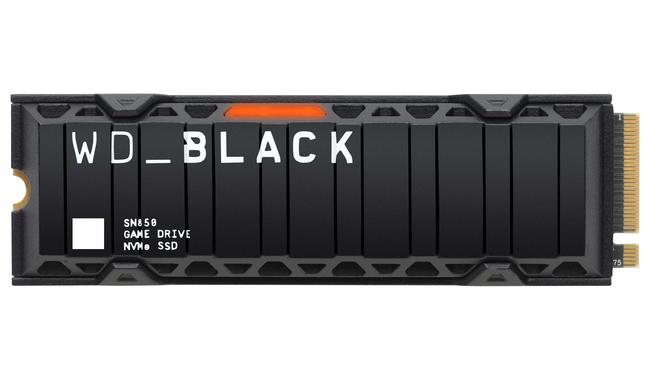
You need somewhere to store your games when they are installed, and given the huge amount of data and processing involved now, you want a drive which can read and write data as fast as possible.
Solid state drives (SSDs), which essentially work on the same technology as USB sticks, are incredibly fast and offer transfer rates of between 600-6000 Mbps, depending on how they are connected to the motherboard.
There are several respected manufacturers on the market, notably Samsung, Seagate, Kingston and Western Digital. I’ve used all of their products at various points and found them to be excellent.
There are three ways an SSD can be connected to the motherboard – PCIe slot, SATA connection or M2 slot.
SATA SSDs use the same cable as a standard hard drive disk (HDD) and are the most affordable as a result, although they are also the slowest. They are still a lot faster than an HDD.
PCIe SSDs plug into the port of the same name (the same one the graphics card uses) and are faster than SATA SSDs, although they don’t tend to have as much storage space.
Of the three drives, M. 2 SSDs are the smallest. They’re not much larger than a stick of chewing gum, and are ideal for laptops and smaller PCs. They also have extremely fast speeds, typically around 3000 Mbps on a decent gaming motherboard.
Western Digital Corporation Australia-Pacific product marketing manager Hui Low says the three things gamers need to consider when looking for a decent SSD are capacity, speed and compatibility.
“For those new to the SSD market, purchasing an SSD with 500GB or greater will give you ample space to continue adding to your gaming collection well into the future,” he says.
“Speed can often be taken for granted, so finding an SSD that has been tried and tested for gamers is a great way to ensure that your gaming experience will be smooth and uninterrupted.
“For maximum performance, PC users need to ensure that the SSD they invest in is compatible with their build. For example, gen 3 systems are typically restricted to older SSDs, while PCs that can accept gen 4 products will be future-ready and allow for faster speeds.”
–
MOTHERBOARD
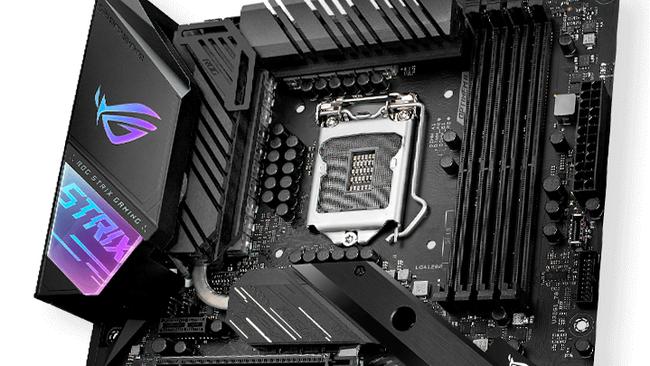
The motherboard is the foundation of all PCs, connecting all the different elements and letting you plug in different components to make the PC.
There are numerous motherboard manufacturers. Asus Australia open platform business group marketing specialist Ross Adcock says the choice of motherboard will open up different features and limits for the user, as there are several factors to take into account.
“Depending on the board you choose, different features and limits will be available to you, such as more slots for upgrading RAM, more PCIE slots for extra components, and even additional M. 2 slots and SATA ports for faster and more expansive storage,” he says.
“Other factors to consider when choosing a higher-end motherboard would be performance. Gaming- oriented motherboards, such as the Asus ROG Strix series, will have better cooling solutions for components such as the voltage regulator modules, allowing for increased performance of the CPU, leading to higher frames in games, lower temperatures, and higher clock speeds on the processor.”
Mr Adcock says higher-end motherboards also tend to have more connecting ports for external peripherals.
“Keyboards with USB pass through, a mouse, headset, microphone, game capture device, and maybe even a phone charger will all occupy USB ports on the computer, and for most gamers, the motherboard is going to be where you connect those devices,” he said.
–
MONITOR
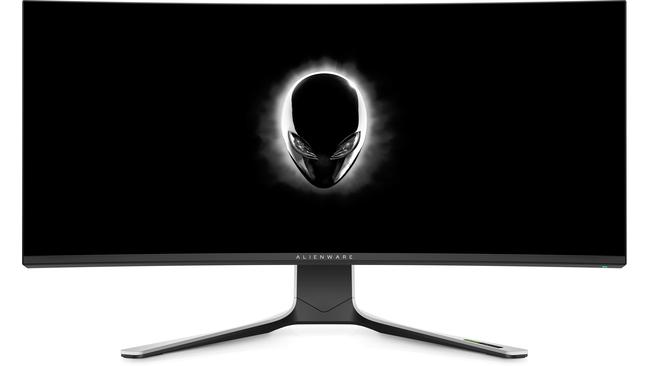
It’s no good having a powerful gaming PC if you haven’t got a screen to view the action on. While technically you can plug any monitor with the right connection (typically an HDMI or DisplayPort cable) into a gaming PC, for the best results a specialist gaming monitor is the way to go.
Dell Technologies Australia and New Zealand consumer and small business general manager Ben Jackson says monitors are the stage upon which all other developments in gaming are shown on.
“From better graphics cards to innovations like ray tracing, if a monitor is poorly designed and falls short in the specs-department, all these other advancements in gaming technology can’t be fully experienced by the gamer,” he says.
“An easy way to spot a good gaming monitor is higher refresh rates. Good monitors will have higher refresh rates which means they deliver more frames-per-second. This lets the gamer experience smoother gaming action as the monitor responds quicker, giving the player an edge in games where speed and efficiency are vital.
“High performance monitors make gaming more enjoyable for the casual gamer at home but for professional gamers or those dreaming of being a pro, a good monitor can be the difference between qualifying for an e-sports tournament or not. This is why elite teams invest in the best monitors.
“For most casual gamers, however, a good gaming monitor that offers higher refresh rates, a better display and performance simply leads to better, more fun gameplay. A good monitor will make the game flow seamlessly, letting the player move within the game’s world as if it were real and experience gameplay that is ultimately more immersive.”



To join the conversation, please log in. Don't have an account? Register
Join the conversation, you are commenting as Logout